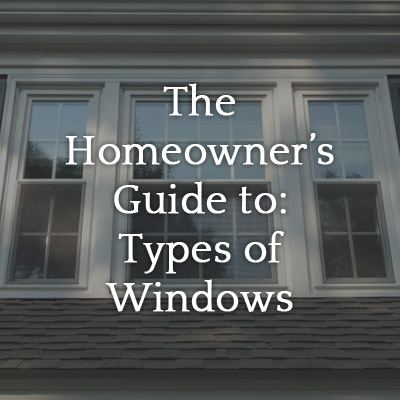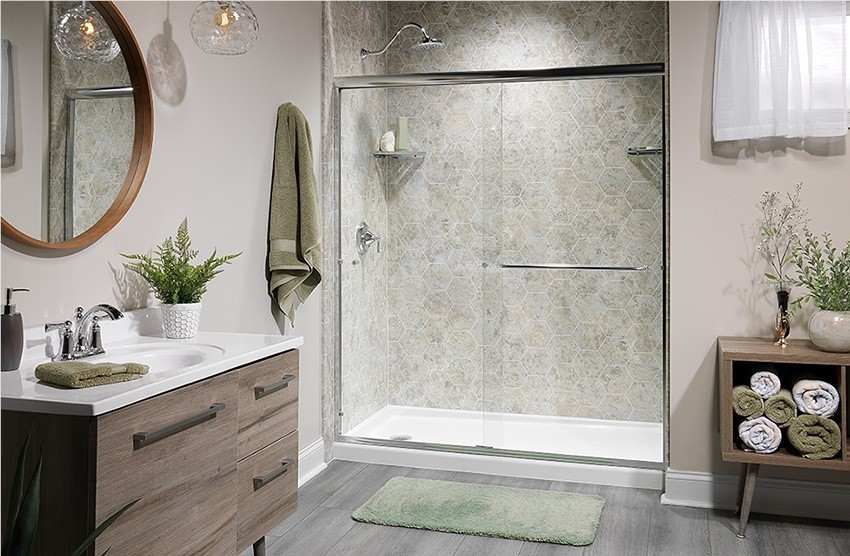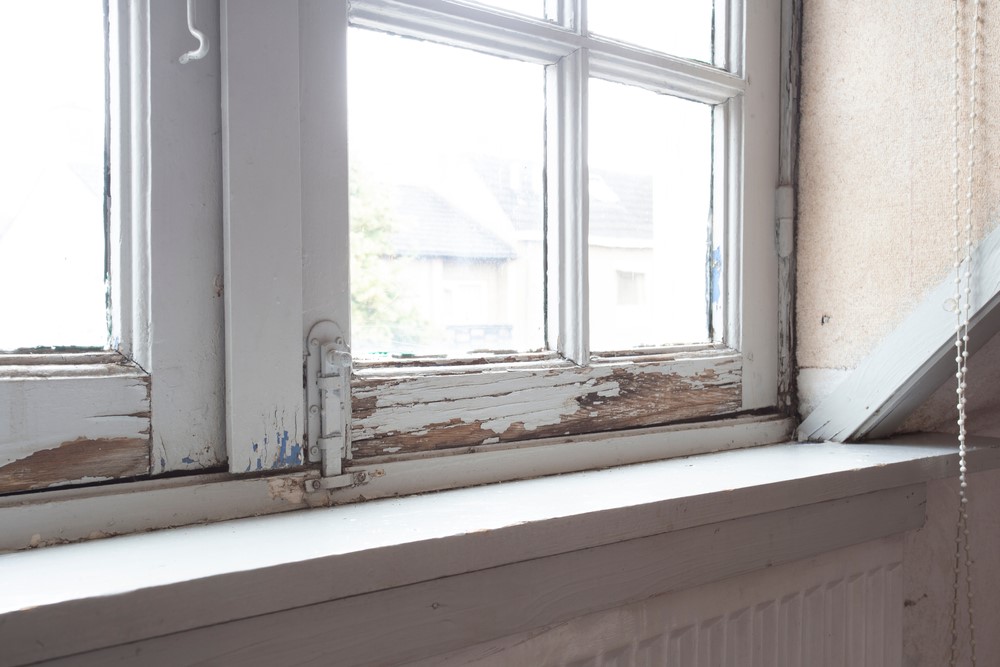 Doctors, lawyers, and even window professionals have developed their own unique languages. These profession-specific languages include terms that make perfect sense to members of the community, but can be difficult for the average person to understand.
Doctors, lawyers, and even window professionals have developed their own unique languages. These profession-specific languages include terms that make perfect sense to members of the community, but can be difficult for the average person to understand. For new homeowners, being exposed to bunch of new terms at once might make your head spin.
If you have never bought windows before you might just nod your head whenever people start mentioning the options available to you. Even if you have no idea what they’re talking about or what you’re looking for.
Luckily, you don’t need to purchase Rosetta Stone to understand the language of windows. We created this short guide to help you identify the different types of windows and know exactly what’s going on the next time you talk to a window professional.
Once you know your options, you can make the best decision for your home.
Starting with the most standard options we have the double hung window.
Double-Hung
Double hung windows are simple windows that have an upper and lower sash that can be moved up and down. This option is great for people who want the ability to lower their window from the top or raise their window from the bottom.Single-Hung
Single hung windows are the same style of window as their double-hung counterparts, but they only have a single sash, normally on the bottom, that can move vertically.Slider
A slider turns the double-hung concept horizontally. Often referred to as a double hung window on its side, slider windows feature two sashes on either end and open by sliding the sash from side-to-side.Casement
Casement windows open from the side and swing open and closed. They are normally operated with a crank placed at the bottom of the window.Awning
Awning windows have hinges at the top and open upward and outward by using a crank handle on the bottom of the window.Picture
Picture windows are large windows, normally without bars, that do not open. They serve an aesthetic purpose framing an outside view and provide natural light in the room.Bay
Bay windows consist of three connect windows that project outward to form a bay.Bow
Bow windows are similar to bay windows in that they project outward and have a deep sill. Bow windows differ from bay windows in that they are curved and bay windows are straight.Hopper
Hopper windows are similar to awnings but open inwards instead of outwards. Hopper windows open at either a 30 or 45 degree angle.Learn More About the Various Types of Windows
This list covers windows that will work for any room that you need to address. Whether it’s a living room, a basement, or a bedroom, you can find the right type of window to maximize your desired effect.If you found this information helpful, you might be interested in the Insider’s Guide to Replacement Windows. In addition to walking you through the most important aspects of replacing your windows, there are also pictures of every type of window described in this post.
This invaluable guide located at the bottom of this post is the perfect resource for anyone looking to replace their windows.
With the information in this free eBook, you can have the confidence that you will make the best possible decision for your home.
Subscribe to Legacy Remodeling's Blog











Comments